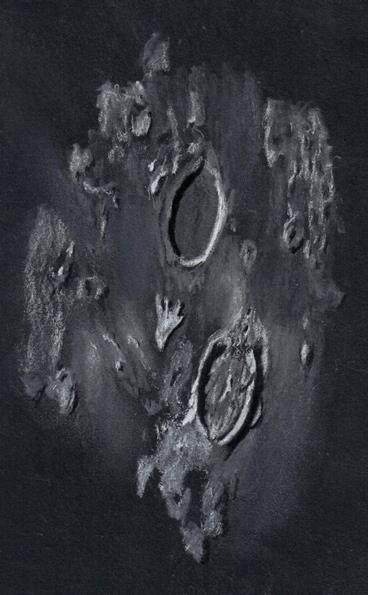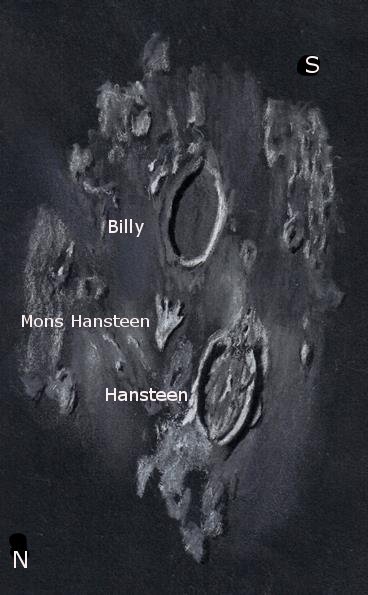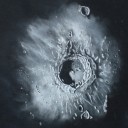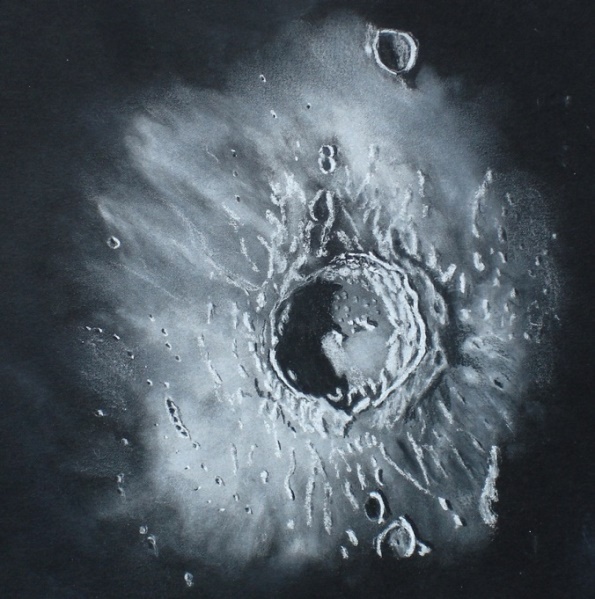

Craters Billy and Hansteen
It has been cold in Chicagoland and although it was sunny most of the day, high cirrus clouds moved in after sunset to block out all stars fainter than 3rd magnitude. Ice crystals at high altitude generated a colorless halo around the Moon. Not the best conditions for sketching but the first chance in 4 weeks for me. My target for this sketch was the pair of craters at the southern edge of Oceanus Procellarum. Crater Billy (46 km.) with its dark smooth lava covered floor and crater Hansteen (45 km.) with its hilly, irregular floor and terraced walls present contrasting looking craters of similar size and age. Between these craters is a large arrowhead shaped volcanic extrusion feature called Mons Hansteen. This object always looks very bright at or near full Moon.
Sketching:
Black Canson paper, white and black Conte’ pastel pencils, white Pearl eraser, blending stumps
Telescope 13.1” f/6 Dobsonian telescope on an equatorial drive platform at 222x with 9mm eyepiece
Date: 12-04-2014, 02:00 – 03:00 UT
Temperature: -7°C (20° F)
mostly cloudy, calm
Seeing: Antoniadi IV (poor)
Colongitude: 54.2 °
Lunation: 11.4 days
Illumination: 92.5 %
Frank McCabe


